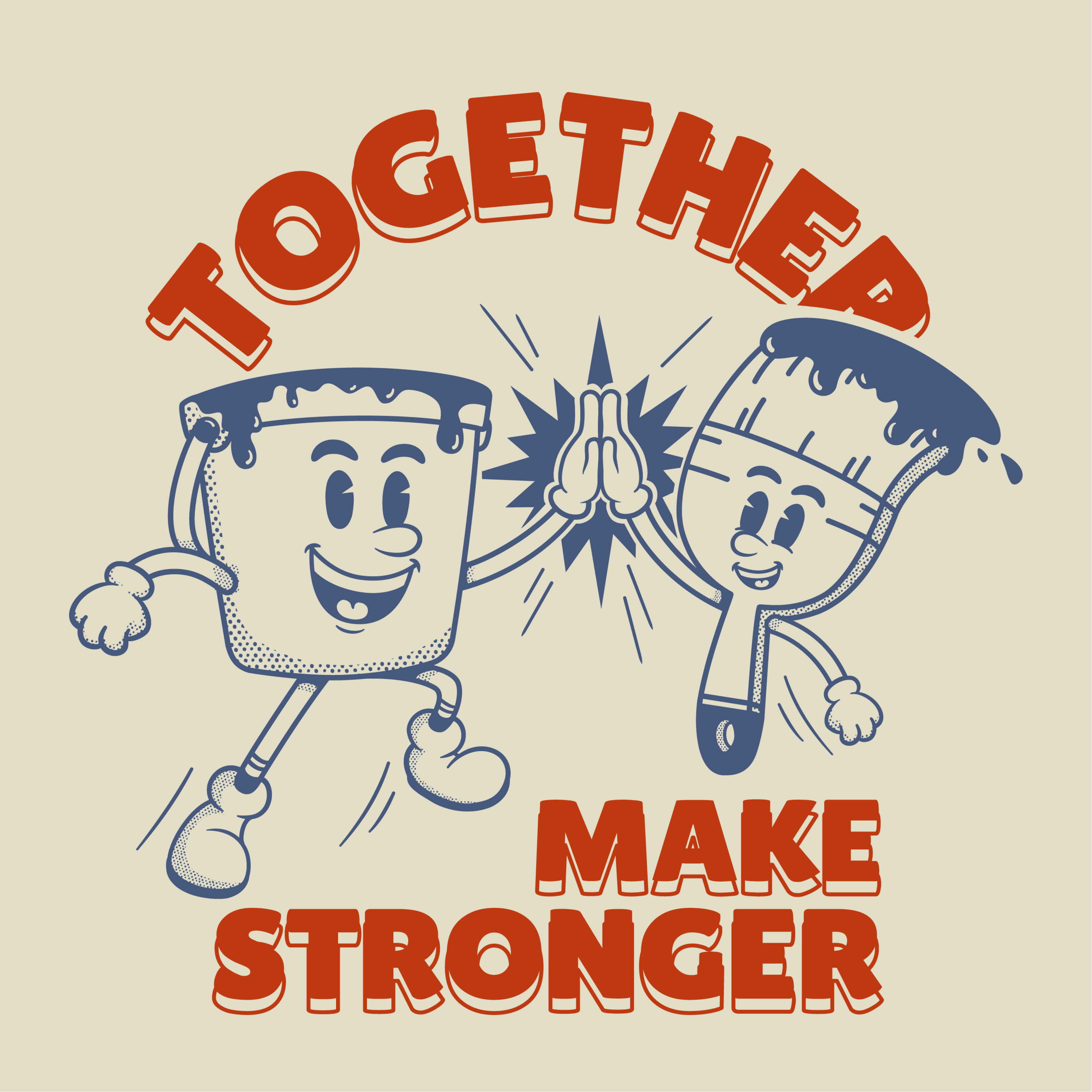
For the better part of a century, “earned media” has been the holy grail of any PR campaign.
If you had a new book to sell or a noble cause to promote, you tried to convince journalists at popular magazines and newspapers to write nice things about it. Then people would read the review and, being impressed by the endorsement of such a reputable outlet, rush to buy your book or support your cause.
That doesn’t really work anymore. Partly because the number of media outlets is shriveling, and partly because a glowing writeup doesn’t carry the same weight it did ten or even five years ago.
To illustrate: last year there was a hotly anticipated book that had generated a ton of buzz prior to publication. (We won’t name names because that feels mean-spirited.) The author had a compelling personal story and blurbs from half a dozen A-list celebrities. They were profiled in all the big print outlets and even appeared on all the big morning TV shows—which have traditionally been the launchpads for stratospheric sales.
A week after the release date, the author was still struggling to crack Amazon’s top 100 bestsellers.
This author had followed each step of the traditional PR playbook, and executed them to perfection. But the playbook was out of date. And anyone who’s trying to sell their product or service in 2024 can learn from their (very frustrating) experience.
So what does actually work? If print is dead, do you aim for podcasts instead? Should you tweet more? What about getting some influencers to do the posting for you?
All reasonable thoughts, and all wrong! Or at least, incomplete—because in our experience the answer is some or all of the above, plus a few other things depending on your specific circumstances.
Admittedly, this might sound a little demoralizing. It’s a lot of work, and it resists easy simplification. There’s no 3 Step Guide to Certain Success Regardless of What You’re Selling. But “there are no shortcuts” and “there’s no path at all” are very different things.
The stonecutter’s credo is helpful to keep in mind here, because today a successful PR campaign’s breakthrough comes not from one mighty, well-placed whack but rather a process of strategic chiseling.
For example, an author might start by creating a website for their book. Then they’d set up a speaking tour at bookstores, universities, and professional organizations in their region. They’d post about the book a lot on social media, and tap certain people in their networks to amplify specific messages that align with their normal posting habits.
The author might even dive into fan communities on forums like reddit and build parasocial relationships with their fans. Hell, maybe they do go after some magazines and podcasts as well—but instead of aiming for the Joe Rogan Experience or the New York Times, they seek out niche outlets that cater to fans of the same topics discussed in their book. If they’re writing about pasta history, they’ll have better luck with The Italian American Podcastthan Ezra Klein.
The point is: being a digital sharecropper isn’t viable anymore. You succeed when you own the means of (content) production, and when you tailor what you say and where you say it to your audience’s particularities.
It’s not a matter of swapping out Old Thing X for New Thing Y—it’s doing a whole bunch of things all at once, some new and some old. Kind of like how the key to getting healthy isn’t just “eat more vegetables,” but “eat more vegetables AND go for a walk every day AND get enough sleep, etc.”
Is that easy? Nope. Does it help to have some professional help? Definitely. Can you do it?
Yes.
Because the last word is rarely the end of the conversation.
Much like penguins, we enjoy bringing you little gifts to show we care:
On October 23 at Fabrik NYC, our co-founder Annmarie Pisano will be speaking at People Who Thrive, a new monthly gathering for people who want to network withoutbeing filled with despair!
The world’s saddest app now exists, for some reason, and it’s available to anyone with an iPhone.
9to5 is hiring a Director of Communications to work on campaigns benefitting working women around the United States. Fully remote, $100k a year plus benefits.
Where do you fall on Pew Research Center’s political typology quiz? (And how far away is it from where you expected?)
Curious about what PSE can do for you? Check out our website, or follow us on LinkedIn!

If the 2010s were an era of diversity in media, the 2020s are one of consolidation. This presents obvious challenges when trying to get small or medium organizations mentioned in the news. Success depends on riding the waves that already exist, instead of trying to make new ones.
Press releases sometimes feel like relics from a simpler, more innocent time. Much like fax machines, most people are aware they continue to exist. What’s less clear: who actually uses these things in 2025? And for what purpose?

The ability to not sound like you were just lobotomized by a team of nonprofit execs with MBAs has become a way to stand out. It's “riskier” in a sense, because it’s easier for people to tell what you’re actually saying—and potentially criticize it. On the other hand, nobody’s listening to the jargon jockeys anymore.

When we founded this agency last year, we had a pretty straightforward idea of how we’d run our business: do good work with our own hands, communicate honestly, and treat people fairly. We thought this would be the simplest path to earn a decent living and contribute something to human society. After a year of this experiment, here’s what we’ve found...

Working with people you think are interesting is good for your own personal and career growth. If their ideas are good enough to work on for free, someone will eventually pay them for that, and you’ll have forged a professional relationship—or better, a friendship—with someone smart.

There’s nothing wrong with media outlets exploring new revenue streams, and newsrooms are always fluctuating in size. But outlets can only hollow out their core product so much before it collapses entirely, and a growing number of media organizations seem to be reaching that point now. Live events are not going to save them.
Comms agencies that are good at their work tend to be curious and resourceful. We can’t pretend to be ignorant about the people and products we’re telling the public to trust. In all but the rarest cases, the agency knows what it wants to know. Business is never as pure or idealistic as we might want it to be. It does have ethical boundaries, though, and these are especially important at inflection points like the one we’re in now.
We humans like to explore for exploring’s sake. We’re pleased when we find an unexpected beautiful thing, and we feel a sense of satisfaction when we “discover” something that’s not immediately obvious to the casual observer. People want to spend time in environments where these opportunities are available—which is something to consider when building (or updating) your website.
Nonprofits shouldn't have to beg for funding to provide vital services. But with federal funding suddenly scarce—and thousands of organizations scrambling to attract attention from the big donors that remain—a new kind of comms strategy is needed.

The platform doesn't drive traffic to your site. The ads don't convert. And these days most of the "engagement" comes from spam bots or virulent bigots. It's time to move on from Twitter—but to where?
Everybody loves talking about the importance of "storytelling" for building your organization's name recognition. And it really can work—but it requires more planning and effort than firing off the occasional blog post or Instagram post.

If your nonprofit or small business has a clear message to share about a concrete goal it wants to achieve, video can do that better than any other medium—if it's done right.

Today, even a glowing review in the New York Times doesn't move the needle that much. Getting people's attention takes a more creative approach. And it all hinges around owning the means of (content) production.

In the inaugural issue of A Better Way to Say That, we explore important questions like why does this newsletter exist? and why does PSE exist, for that matter? We also share a roundup of exciting new book launches, events, and job postings—along with perhaps the most effective fundraising email ever written. As far as business-y newsletters go, it's a fun read!


